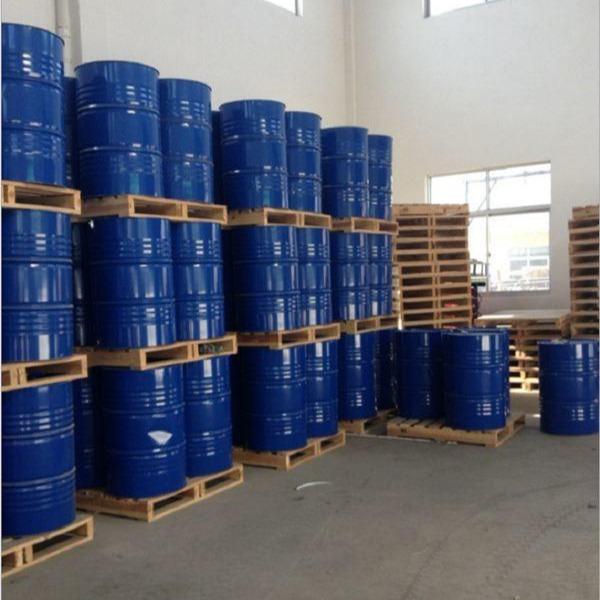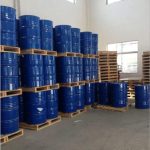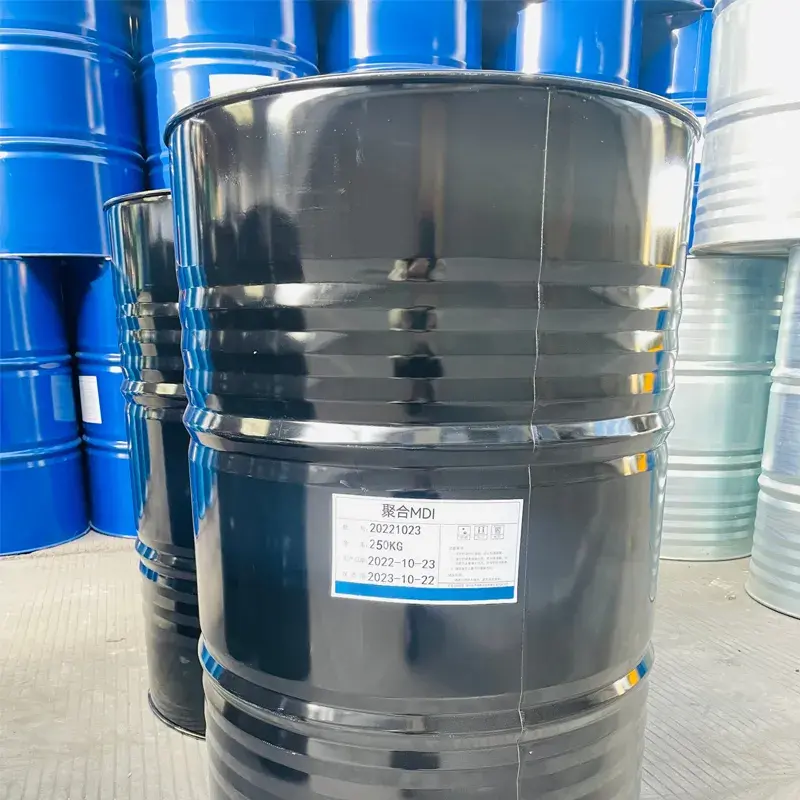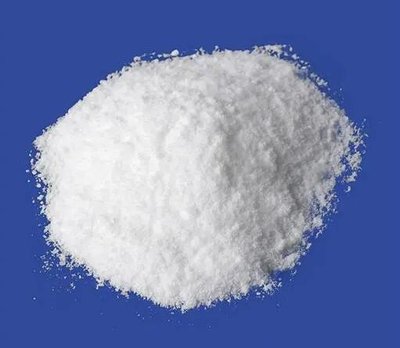
PHENOL-FORMALDEHYDE RESIN
Phenolic resin is also called bakelite, also known as bakelite powder. It was originally a colorless or yellowish brown transparent substance. It is often sold in the market with colorants and is red, yellow, black, green, brown, blue and other colors. It is available in granular and powdered form. It is resistant to weak acids and weak bases, decomposes when encountering strong acids, and corrodes when encountering strong bases. It is insoluble in water, but soluble in organic solvents such as acetone and alcohol. It is obtained by the condensation of phenol and formaldehyde. Solid phenolic resin is a yellow, transparent, amorphous block substance. It is slightly reddish due to the presence of free phenol. Its specific gravity is 1.25~1.30. It is easily soluble in alcohol, insoluble in water, and stable to water, weak acid and weak base solutions. It is a resin made by condensation of phenol and formaldehyde under catalyst conditions, neutralization, and water washing. Due to the different catalysts used, it can be divided into two categories: thermosetting and thermoplastic. Phenolic resin has good acid resistance, mechanical properties, and heat resistance, and is widely used in anti-corrosion engineering, adhesives, flame retardant materials, grinding wheel manufacturing and other industries. Liquid phenolic resin is a yellow or dark brown liquid, such as alkaline phenolic resin, which is mainly used as a casting binder. In 1872, German chemist Bayer first synthesized phenolic resin. In 1907, Belgian-American Baekeland proposed a phenolic resin heating and curing method, which enabled phenolic resin to be industrialized. In 1910, German Bailin built the world’s first synthetic phenolic resin factory, creating an era for human synthesis of polymer compounds. Phenolic resin was first industrialized in the United States in 1909 and is the earliest synthetic resin in the world to be industrialized. In 1946, the above-mentioned plastic factories in my country began small-scale production, which was widely developed in China in the 1950s. In the 1980s, it entered its heyday, and production enterprises were spread all over the country. Due to the different types of phenols, aldehydes, catalyst types, and molar ratios of phenols to aldehydes, a variety of phenolic resins can be produced, including linear phenolic resins, thermosetting phenolic resins, oil-soluble phenolic resins, and water-soluble phenolic resins. It is mainly used in the production of compression molding powder, laminated plastics; manufacturing varnish or insulating, corrosion-resistant coatings; manufacturing daily necessities, decorations; manufacturing sound insulation, heat insulation materials, artificial boards, castings, refractory materials, etc.








